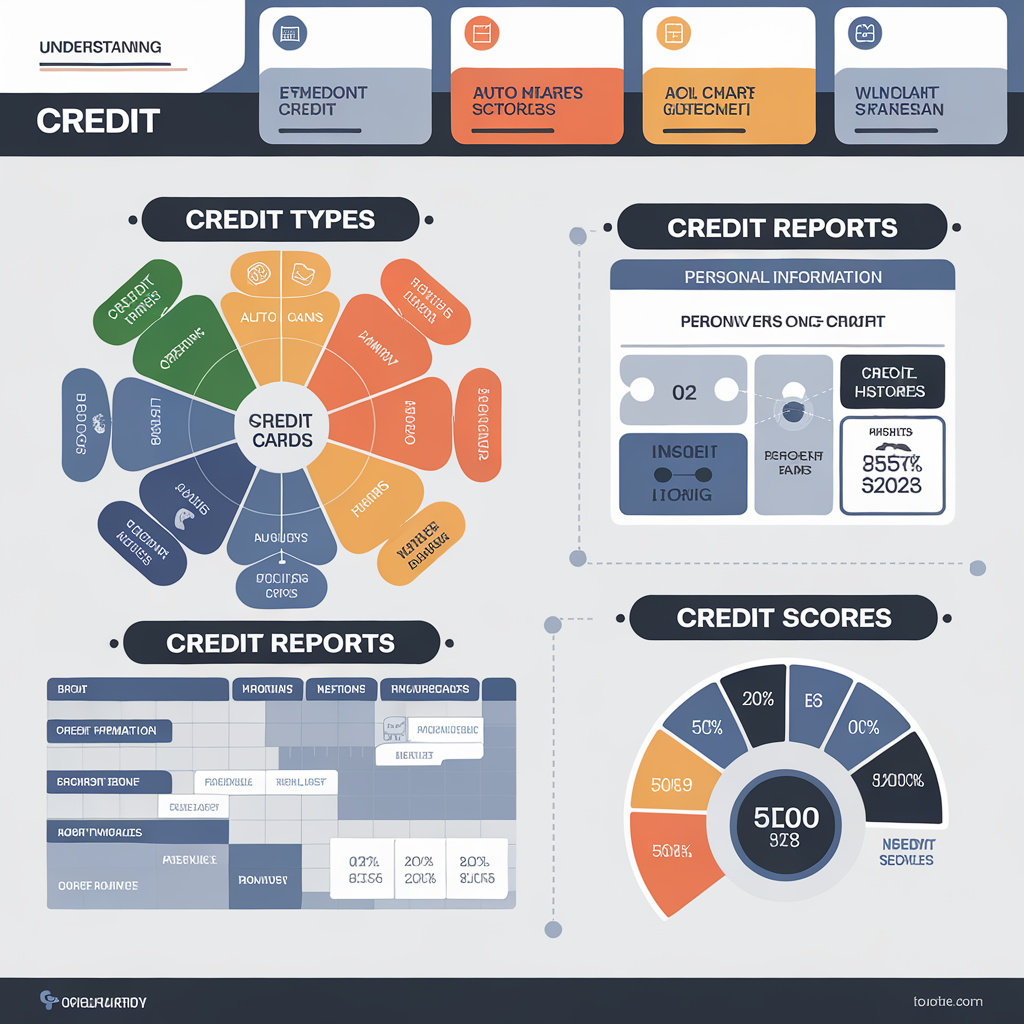Understanding Budget Deficits: Causes, Effects, and Solutions
Few people have unlimited resources, so most have to work at living within their means. That’s why making a budget is so useful; it helps you see how much you’re earning and spending, limit extra expenditures, and work toward goals. Individuals experience a budget deficit when their expenditures, or money flowing out, exceed income, or money flowing in.
The federal government works in a similar way on a far larger scale. When the federal government’s budget doesn’t have enough revenue to cover all its expenses, it operates on a budget deficit. It can take on debt, within limits, to keep operating despite being in the red.
What Is a Budget Deficit?
The government uses a budget, just like many households do, but it works a bit differently. The U.S. federal government operates on an annual budget that’s planned at least a year in advance. Federal agencies submit budget requests to the White House Office of Management and Budget, which reviews the requests and sends its proposed budget to Congress.
The House and the Senate each create their own budget resolutions, which they must negotiate and merge into a uniform bill. The president can sign or veto it, and the final version is the budget for that fiscal year.
Ideally, the government has a balanced budget, with equal amounts of money coming in and out. Or, they spend less than what they have, creating a budget surplus. Unfortunately, there hasn’t been a federal budget surplus since 2001. Since then, the U.S. has been in a budget deficit, meaning more is spent than is brought in. Essentially, the government is living beyond its means so it can keep operating without having immediate funds to cover costs.
The term “budget deficit” is sometimes confused with the phrase “national debt.” Put simply, the deficit is how much the government’s expenses exceed its revenue. To pay for that deficit, the government sells Treasury bonds, bills, and securities to keep everything running. It might also borrow operating cash from the Treasury, like a line of credit. But it comes with a cost. Those balances, plus interest owed to investors, adds up to the national debt, which is higher than the deficit.
Causes of a Budget Deficit
A budget deficit can grow over time, with deficits from previous years tacked onto the next. As of January 2024, the fiscal year’s national deficit was nearly $532 billion, compared to $460 billion the year prior. The total national deficit accumulated since 2001 is $1.7 trillion. (Due to the costs of borrowing, like interest, the current total debt is over $33 trillion.)
How does this happen? First, know that the federal government is primarily funded through taxes on businesses and individuals. It also earns revenue for things like leases of government-owned property, selling natural resources, and fees (such as fees to visit national parks, or customs fees on international imports/exports).
Keeping revenue above expenses may sound straightforward, but a national deficit can occur or increase due to a mix of factors, from congressional and presidential policies to the economy and unexpected events. These are some common causes for a national budget deficit:
- Tax cuts: Should Congress or a president introduce tax cuts, these reduce government revenue. If it’s not made up elsewhere, it can lead to a deficit.
- Economic conditions: If the economy and job market are hurting, fewer people are working and paying taxes. Additionally, if the economy is sluggish and people and businesses are making less money, they’ll owe less in taxes, meaning less revenue for the government.
- Debt interest: The government pays interest on its debts just like individuals do, and increases in interest rates can increase debt and the deficit.
- Growing program costs: Government-funded programs can get pricier for many reasons, from more Americans utilizing them to increased costs of goods or labor. Since 2016, the government has had to increase spending on health care and Social Security faster than revenue arrived. Legislation that increases spending on those programs and others, such as defense, can further grow a deficit.
- Unexpected government spending: When unforeseen events or issues arise, such as war, recession, or natural disaster, the government may have to respond, even if it wasn’t in the budget. For example, the deficit rose due to the wars in Afghanistan and Iraq, and again in the COVID-19 pandemic, when government spending ramped up to handle the crises.
Effects of a Budget Deficit
A national budget deficit directly impacts the federal government and its ability to pay for programs and services, but it can indirectly impact the overall economy and American households and businesses.
Here are some of the potential ramifications of an ongoing budget deficit:
- Less funding for emergencies: When it’s already strapped for cash, it’s hard for the government to borrow even more for unexpected emergencies such as wars, recessions, pandemics, and natural disasters.
- Damage to the economy and paychecks: High national debt can cause ripples in the broader economy, slowing growth, reducing business investment, and hurting confidence in the U.S. dollar.
- Lower earnings: Reducing the deficit could require higher taxes and lower benefits payments, which could strain Americans’ wallets. The cumulative effect of high national debt can also lead to lower wages; in some projected scenarios, future incomes could decrease $5,000 to $9,000 if debt keeps rising.
- Vicious cycle of interest: Have you been stuck in a cycle with high-interest debt, where it’s difficult making progress on your balance since so much of your payment goes toward interest? The same problem happens when interest on government debt rises. As of January 2024, the cost of maintaining the government’s existing debt is $357 billion. That accounts for 17% of the total federal spending in the fiscal year 2024.
- Reduced investment in the future: This interest-accumulating debt takes away from the government’s ability to fund other programs and services, particularly ones for the future. Investing in areas like education, infrastructure, and technology can suffer amid high deficits.
Frequently Asked Questions
What Is the Debt Ceiling?
The debt ceiling is a cap set by Congress on how much the government is allowed to borrow to meet its existing legal obligations. This includes interest on the national debt, Social Security and Medicare benefits, military salaries, tax refunds, and other payments. When the government reaches this limit, it cannot issue any more Treasury bonds, bills, or notes, which can lead to a government shutdown if the ceiling is not raised or suspended.
When Was the Last Federal Budget Surplus?
The last federal budget surplus occurred in 2001. Since then, the U.S. has been operating with a budget deficit, meaning it has been spending more than it brings in through revenue.
How Can a Government Reduce a Deficit?
Reducing a budget deficit can be achieved through a combination of increasing revenue and decreasing expenditures. This can include raising taxes, cutting government spending, or a mix of both. Additionally, policies that promote economic growth can increase tax revenue without raising tax rates.
The Bottom Line
When you hear about the national budget deficit or debt ceiling in the news, it’s easy to tune out if it seems like a complicated concept that doesn’t impact you. But some of the fundamentals are similar to those in personal finance, and the consequences of a high deficit can eventually impact your personal wallet.
At O1ne Mortgage, we understand the importance of managing finances effectively, whether on a personal or national level. If you have any mortgage service needs, don’t hesitate to call us at 213-732-3074. Our team of experts is here to help you navigate your financial journey with confidence and ease.







